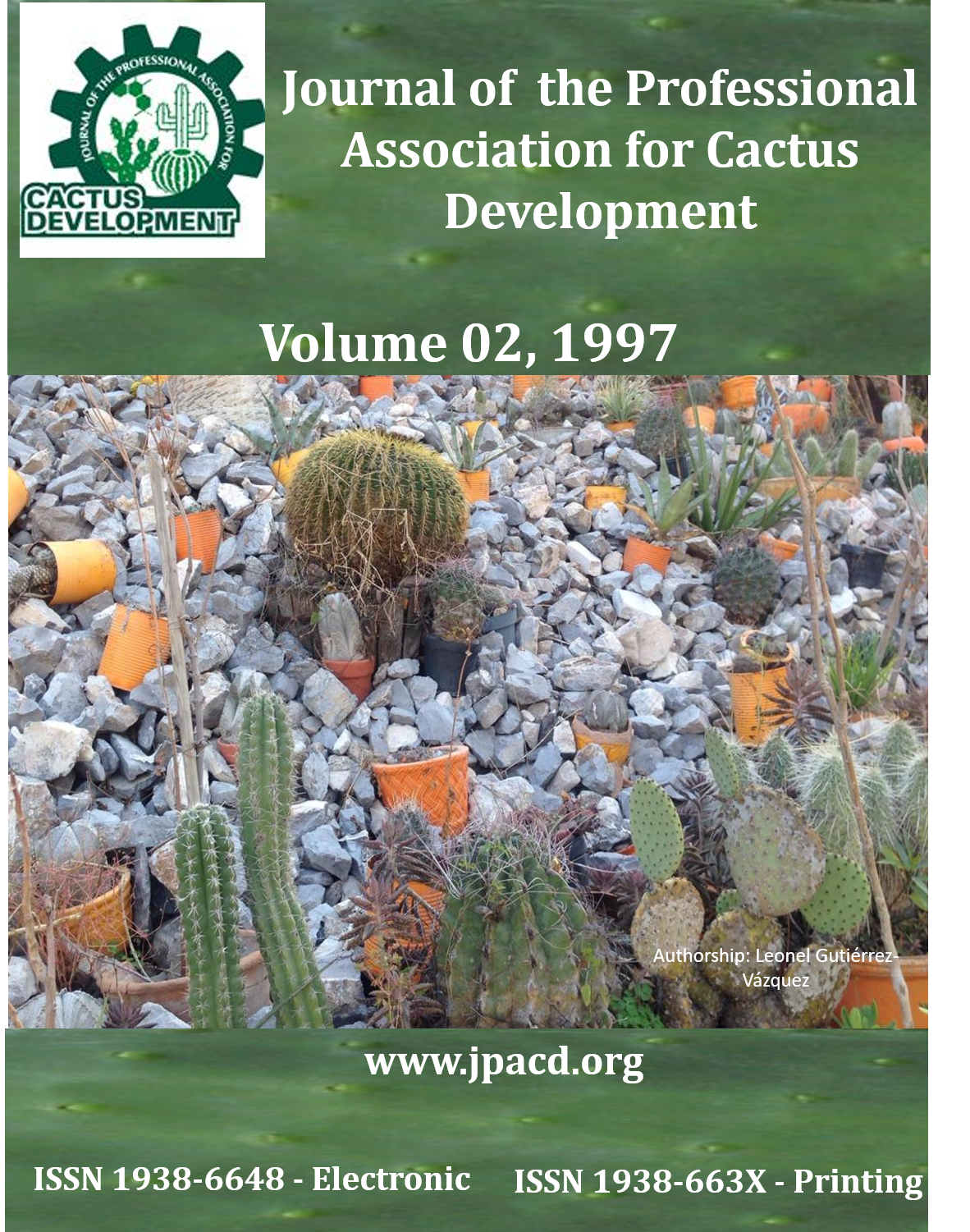Ethnobotany, Productivity, and Ecophysiology of Pitaya (Stenocereus queretaroensis)
DOI:
https://doi.org/10.56890/jpacd.v2i.180Keywords:
Cacti, Stenocereus, aridity, ethnobotany, ecophysiology.Abstract
Pitaya (Stenocereus queretaroensis) is a columnar cactus that produces attractively colored edible
fruits in both wild and cultivated populations in the subtropical semiarid lands of Mexico.
Pitaya is a relatively recently domesticated fruit, which during the last 10 years has emerged as
a fruit crop whose cultivation is feasible using relatively low inputs of anthropogenic energy or
water and whose fruits ripen during the spring season, before summer when the local markets
are flooded with other fresh summer fruits. These agronomic traits have increased the
economic viability of small farms in semiarid subtropical lands of Mexico.
Publication Facts
Metric
This article
Other articles
Peer reviewers
0
2.4
Reviewer profiles N/A
Author statements
Author statements
This article
Other articles
Data availability
N/A
16%
External funding
N/A
32%
Competing interests
N/A
11%
Metric
This journal
Other journals
Articles accepted
20%
33%
Days to publication
8572
145
Indexed in
- Academic society
- Journal of the Professional Association for Cactus Development
- Publisher
- Professional Association for Cactus Development
Downloads
Published
01-01-1997
How to Cite
Pimienta-Barrios, E., Nobel, P. S., Robles-Murguía, C., Mendez-Moran, L., Pimienta-Barrios, E., & Yepez-Gonzalez, E. (1997). Ethnobotany, Productivity, and Ecophysiology of Pitaya (Stenocereus queretaroensis). Journal of the Professional Association for Cactus Development, 2, 29–47. https://doi.org/10.56890/jpacd.v2i.180
Issue
Section
Scientific Papers




